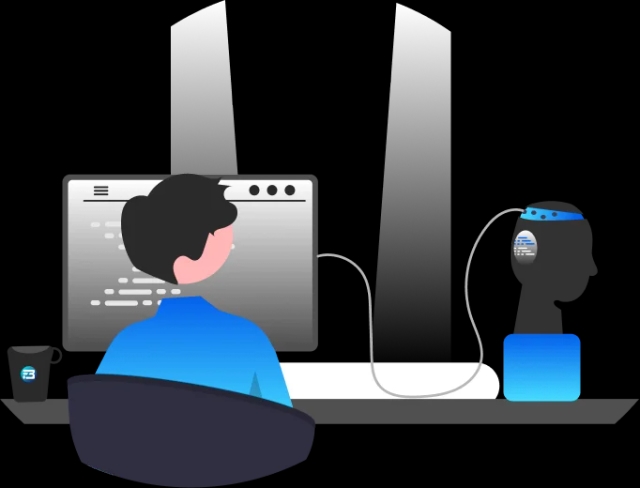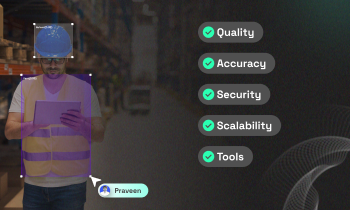How Do ASR Models Handle Long Customer-Agent Calls?
ASR Models
Call Center Data
Customer-agent Calls
Automatic Speech Recognition is the backbone of voice-based AI applications. From real-time transcription to conversational analytics, ASR systems convert speech into structured text. However, when it comes to long-form audio, such as full-length customer-agent calls, ASR models face unique challenges that require both architectural enhancements and high-quality training data.
At FutureBeeAI, we specialize in preparing ASR-optimized call center datasets that are precisely engineered for handling long-duration, multi-turn, real-world conversations. Our datasets support better memory handling, speaker tracking, and context retention, key elements that make ASR systems perform reliably across five, fifteen, or even sixty-minute conversations.
Why Long-Form Calls Are Difficult for ASR
Short utterances, like voice commands or form submissions, are relatively easy for most ASR engines. Long calls, however, introduce new complexities:
- Speaker Overlap: Customers and agents may speak simultaneously or interrupt each other.
- Context Dependency: Later parts of the conversation often refer to earlier turns, requiring contextual awareness.
- Audio Drift: Variations in audio quality, tone, and background noise increase as the call progresses.
- Language Switching: Code-switching between regional languages and English is common in customer service environments.
- Acoustic Fatigue:ASR accuracy can decline over long durations without segmenting strategies or memory models.
To train ASR systems for these challenges, robust and annotated long-form speech data is critical.
How ASR Models Adapt to Long-Call Audio
Modern ASR systems use advanced techniques that rely on specific dataset characteristics:
Segmentation and Chunking
- Long calls are divided into smaller audio segments with overlapping context windows.
- Timestamped transcripts and turn-based labels allow models to maintain conversational flow.
Context Window Training
- Transformer-based ASR models use a sliding window to process sequences in context-aware blocks, retaining key phrases across turns.
Speaker Diarization
- Identifies and separates speaker segments (agent versus customer), essential for clear transcription and intent detection.
- Dual-channel stereo recordings further support diarization by isolating each voice.
Acoustic Conditioning
- Models are trained with varying noise profiles, accents, and speech rates to simulate real-world call center conditions.
Memory-Augmented Decoding
- Some systems incorporate memory components that allow longer conversational dependencies to be modeled across transcript history.
FutureBeeAI supports all of these needs through carefully structured, production-grade call center speech datasets.
Dataset Features for Long-Call ASR Training
Our long-form audio datasets include:
Full-Length Conversations
- Calls ranging from five to over sixty minutes with complete metadata.
Turn-Level Annotations
- Every utterance marked with speaker ID, timestamp, and optional sentiment label.
Noise and Non-Speech Markers
- Helps models ignore irrelevant audio elements like silence, hold music, or background chatter.
Segmented Audio Files
- In addition to full recordings, pre-processed segments are provided for efficient training cycles.
Domain Metadata
- Includes call type, topic, resolution outcome, and speaker profiles.
Conclusion
Long customer-agent conversations are rich in insights but only if your ASR model can handle them. Training on short clips is not enough. You need datasets that reflect the full structure, challenges, and richness of live call center interactions. At FutureBeeAI, we deliver long-form, annotated, and diarized call center audio designed to help your ASR models understand the conversation from beginning to end.
What Else Do People Ask?
Related AI Articles
Browse Matching Datasets
Acquiring high-quality AI datasets has never been easier!!!
Get in touch with our AI data expert now!








